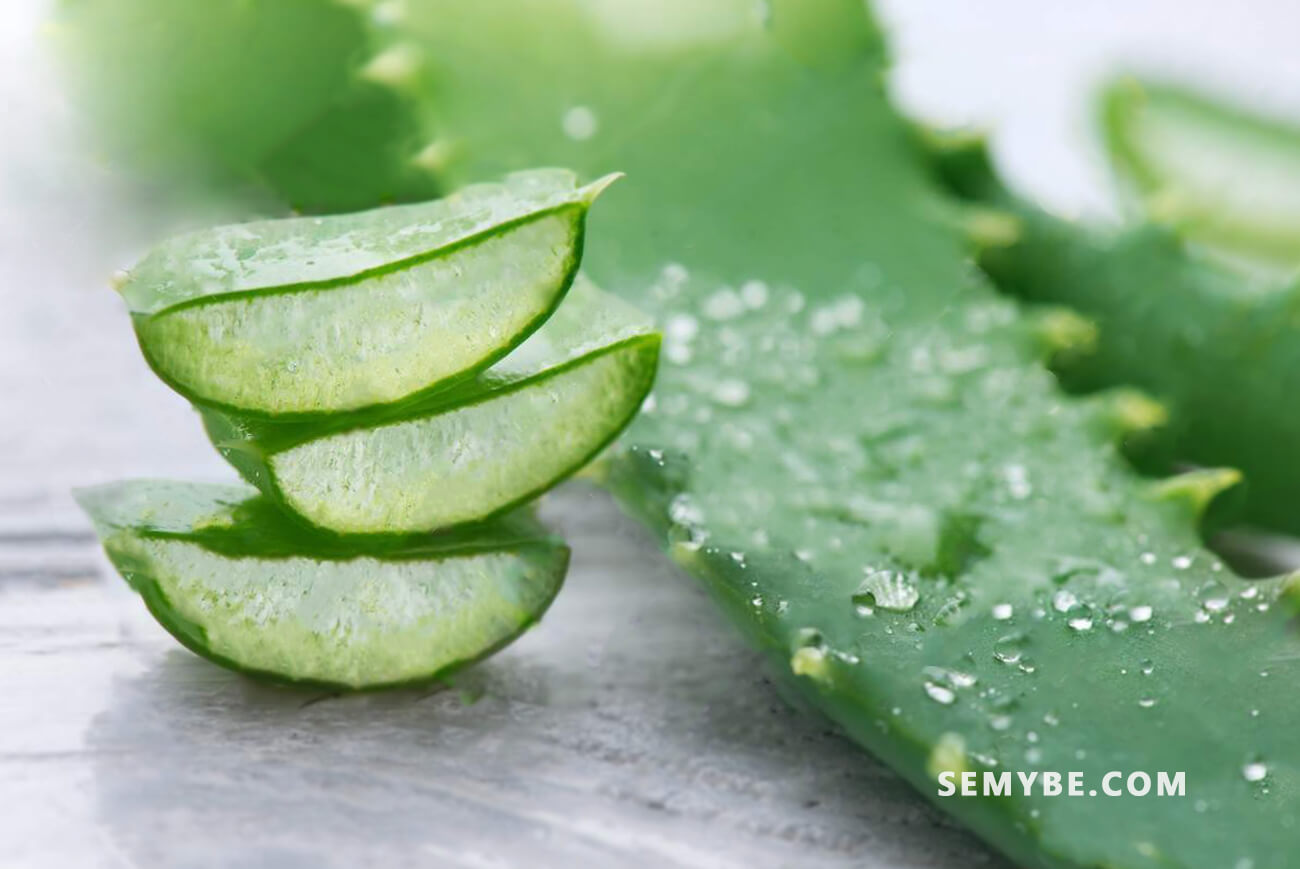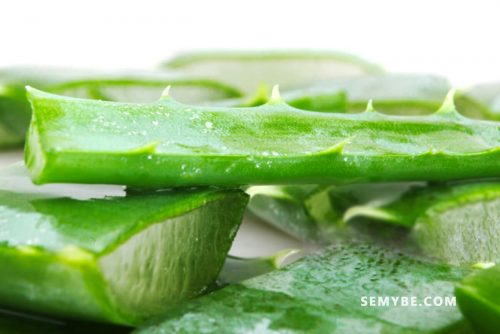
Aloe Vulgaris
History and use
Aloe vera is a miracle plant for universal health and little disease resists it. lt is an ornamental and medicinal plant of 80cm tall stemless belonging to the family Asphodelaceae, native to southern Europe, of North and South Africa, but today it grows on all continents, everywhere in Africa and multiplies itself.
Description of the plant
There are several species of aloe but the best known is aloe vera whose juice has enormous nutritional and medicinal properties. The juice or gel or pulp juice of this plant is a panacea. Stimulates immune defenses, is an antibiotic, anti-inflammatory, purifying It helps eliminate toxins, cleans the cluttered organs (kidneys, liver, lungs). It relieves stomach cramps and ailments. Aloe juice is recommended in cases of diabetes, allergies, constipation, heart problems.
Also the fresh gel of aloe is very rich in micronutrients: vitamins (A, B, C and E) and mineral salts (phosphorus, potassium, calcium, chlorine, iron, zinc, etc). Wherever you are, plants aloe vera and you will not regret your gesture if you know how to collect its juice and how to make good use of it. Just put it underground as we plant pineapple or in a pot and water it a few days, it nature will do the rest. Aloe is today, one of the best- selling plants in the world.

Curative action
Cut only the leaves of aloe you need, take a leaf at the base of the plant then cut a small piece that you can throw, let flow green aloin that is useless for 2 to 3 minutes. Cut the slices you need, remove the ends with thorns, cut the slices widthwise and collect the aloe vera gel. Therefore collect in the green parts, the clear pulp with actions curative both in internal use and external use, it’s very simple. But conservation is difficult and must consume everything and renew the operation after.
1. A beauty product
Aloe has been used for centuries as a skin lotion. It is said that Cleopatra owed her beauty to this plant.
2. A Western remedy
In the West, aloe became popular in the 1950s, after the discovery of its healing properties and, more specifically, its effectiveness against burns due to radiation.
3. First aid
Aloe is an excellent home remedy for burns, abrasions and sunburns Aloe gel applied to the affected area is soothing It can relieve some of the pain varicose pain.
4. Dermatology
The gel, with the astringent and soothing effect, treats all skin types.
5. Ulcers
Gel freezes stomach ulcers
6. Laxative properties
The bitter liquid of the leaves (aloe juice) is yellowish in color and contains anthraquinones, which are very laxative These substances cause the contractions of the colon, which then facilitate the intestinal transit. this plant stimulates digestion by its bitter properties In larger doses, the juice of aloe is laxative and purgative.
Uses
- Sore and wound (Skip the frost injury)
- Constipation: Put a few grams of resin in water and allow to dilute Drink a small glass in the middle of meals every other day for two weeks Resin may irritate delicate stomachs.
- Diabetes, fatigue, autoimmune diseases, constipation, poor digestion, circulatory problems, herpes, stomach cramps, gastric pain, Cancer, incurable skin diseases, chronic digestive problems.
Dilute two to three tablespoons of the gel or pulp juice in a glass of water or fruit juice and drink 2 to 3 times a day, or simply eat the pulp.




